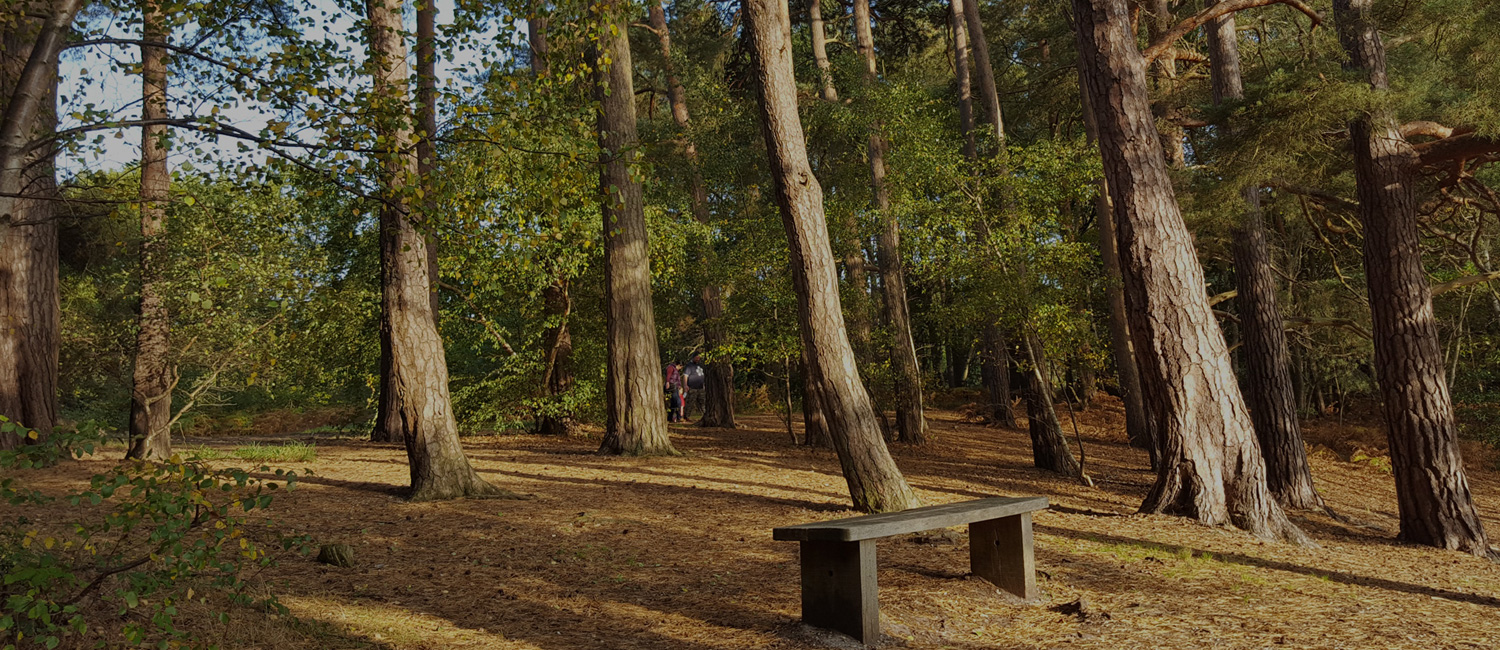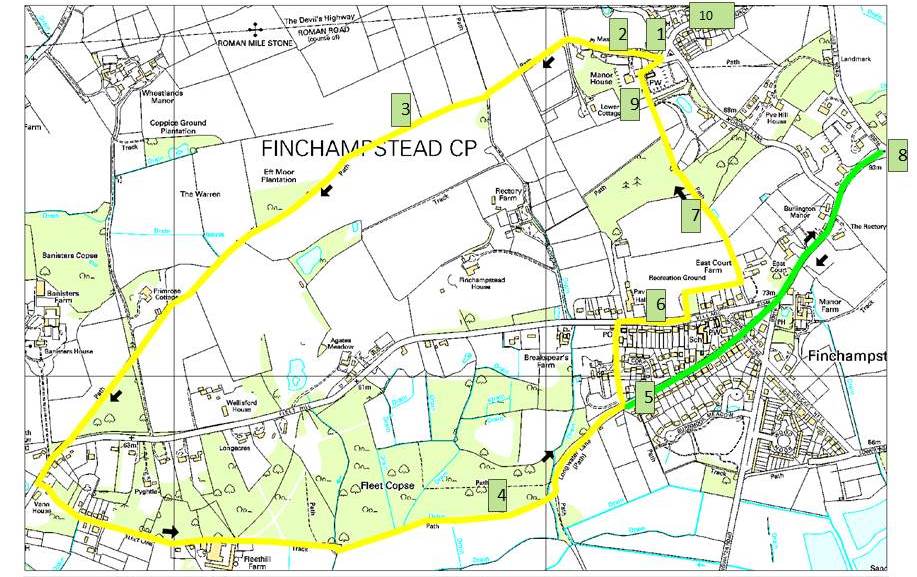
You can download the map here and the directions here
Details of the features of interest at the numbered points can be found here – and these can also be seen below.
- The triangular green opposite the Noticeboard is the site has Oak trees planted to commemorate Queen’s Jubilees. The original Oak was planted for Queen Victoria’s Golden Jubilee in 1887 and is marked by a plaque in the stone plinth on the far left of the plot. The tree itself was in poor condition and was cut down in 2003. The second tree was planted in 2002 to mark the Golden Jubilee of Queen Elizabeth II, with a stone detailing the history of the “Queen’s Oak”. A third tree planted on the occasion of Queen Elizabeth II’s Silver Jubilee in 1977 can be seen opposite the brick wall (see below). A further tree was planted in 2012 to mark the Diamond Jubilee of Queen Elizabeth II.
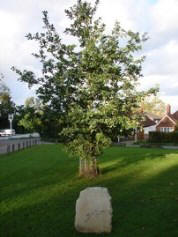
No 1 Golden Jubilee Oak
- The 17th Century brick garden wall on the left is a listed monument and is part of the old East Court which it is believed was built on the site of the original Manor House of Finchampstead. The Manor House beyond is a 19th Century building which now serves as as St James’ Church Centre. Almost hidden on the right within an iron fence is the oak tree planted in 1977. This tree was for many years overshadowed by the adjacent woodland and is very small for its age. Following clearance work it is now hoped that the tree will flourish.
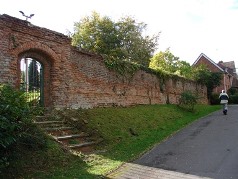
No 2 Listed Wall around Church Car Park
- There are pleasant views over the hedgerows on the left across fields with a wide variety of birds, rabbits and sometimes Roe deer.
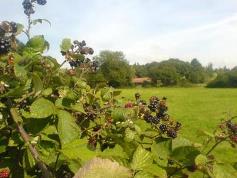
No 3 Summer Hedgerow
- This part of the Blackwater valley has been used for gravel extraction for many years and some activity continues. However, upon completion of work, the area is scheduled to be restored by 2019 to be used for nature conservation with additional public rights of way. Further along the valley to the east of Longwater Road much of the land has already been restored to create the Moor Green Lakes Nature Reserve.
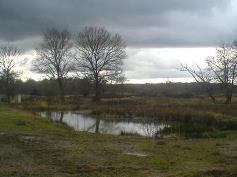
No 4 Cemex workings Fleet Hill
- The old yew signpost on the former village green is said to mark the spot where on November 6th 1501 Henry V11 was hunting with Princes Arthur and Henry (later Henry V111) when news came that Arthur’s bride Catherine of Aragon had reached the Lodge at Dogmersfield (across the river in Hampshire).
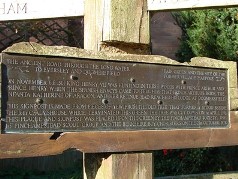
No 5 Henry 8 Signpost
- The In 1946 the Parishioners of Finchampstead raised funds to buy the field which is now the Memorial Park, in honour of the villagers who fought in the World Wars. The Memorial Hall was built around 1953.
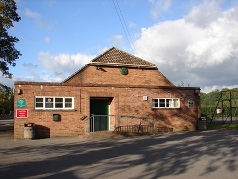
No 6 Memorial Hall
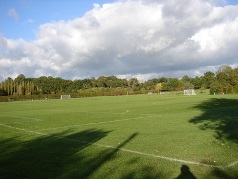
No 6 Memorial Field
- The woods to the right of the footpath below the Church are full of bluebells in the spring.
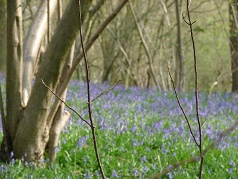
No 7 Bluebell wood
- The Finchampstead ‘Way – Side Cross’ War Memorial is a Portland stone cross of sacrifice with a bronze sword and was unveiled on 31st October 1920. 22 World War I veterans are named on the Memorial and nine of these served in the Royal Berkshire Regiment of the British Army. The Memorial also remembers a further 12 local men lost in World War II, and one lost in the war in Afghanistan. Situated at the end of Finchampstead Ridges, there are excellent views over the Blackwater valley towards Hampshire.
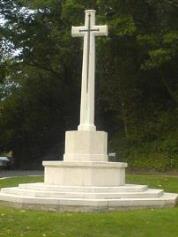
No 8 War Memorial
- St James’ Church and Churchyard. The Church itself is a lime-washed stucco building with a brick tower and dates originally from Norman times. In the Churchyard are buried several notable people including Lt Col. Alfred Stowell Jones and General Sir John Watson, both awarded the Victoria Cross in 1857 during the Sepoy Mutiny, and the four grand daughters of General William Booth, founder of the Salvation Army. Two of the granddaughters – Catherine and Olive – were also closely involved with the Army.
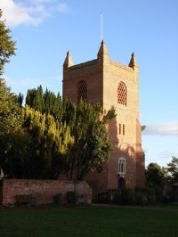
No 9 St James Church
- The Queens Oak is the only pub in England to bear the name. It was originally called the White Horse (and the adjacent road is still called White Horse Lane) but was renamed after the planting of the original Queens Oak in 1887.
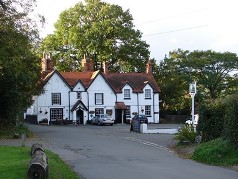
No 10 Queens Oak Pub

